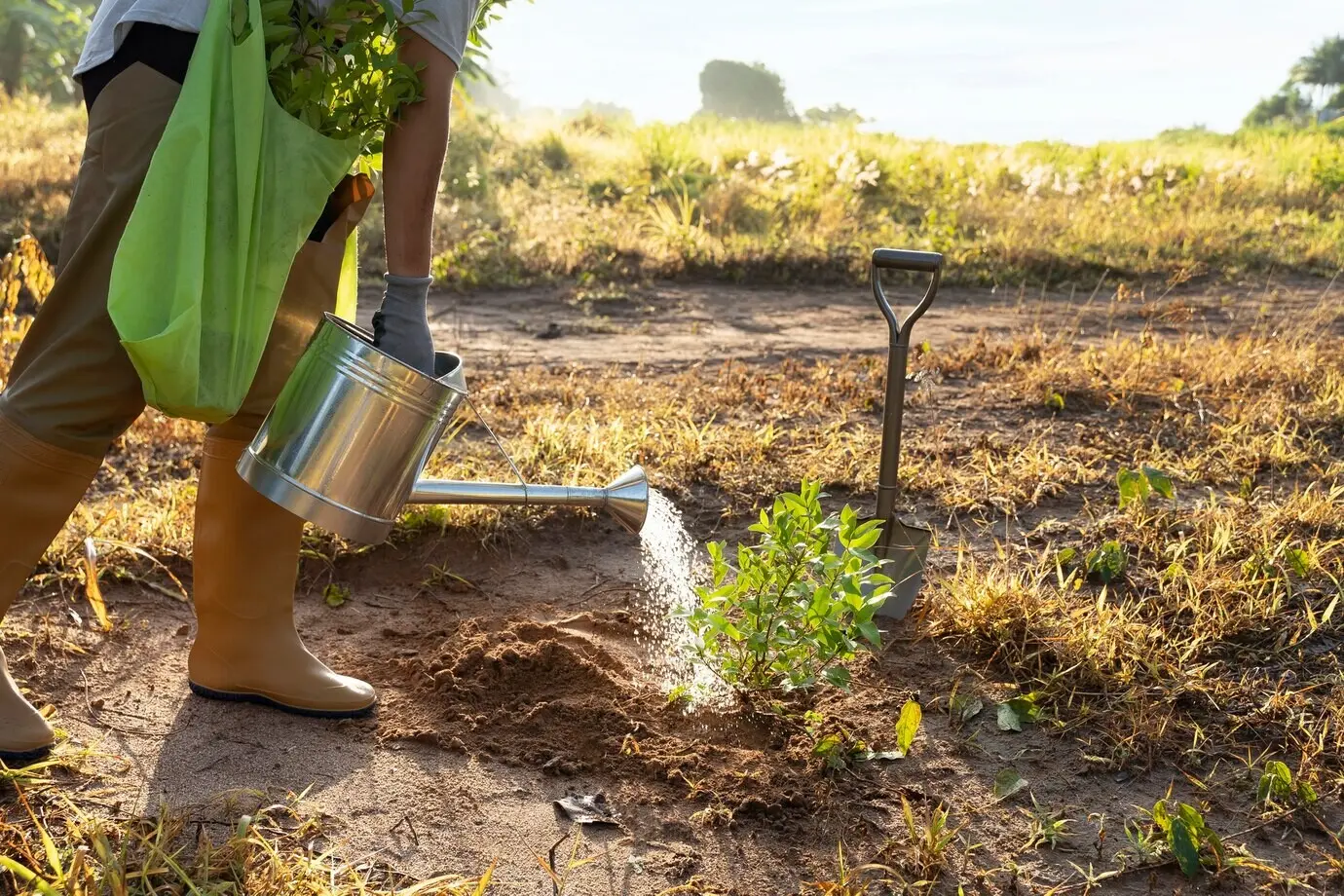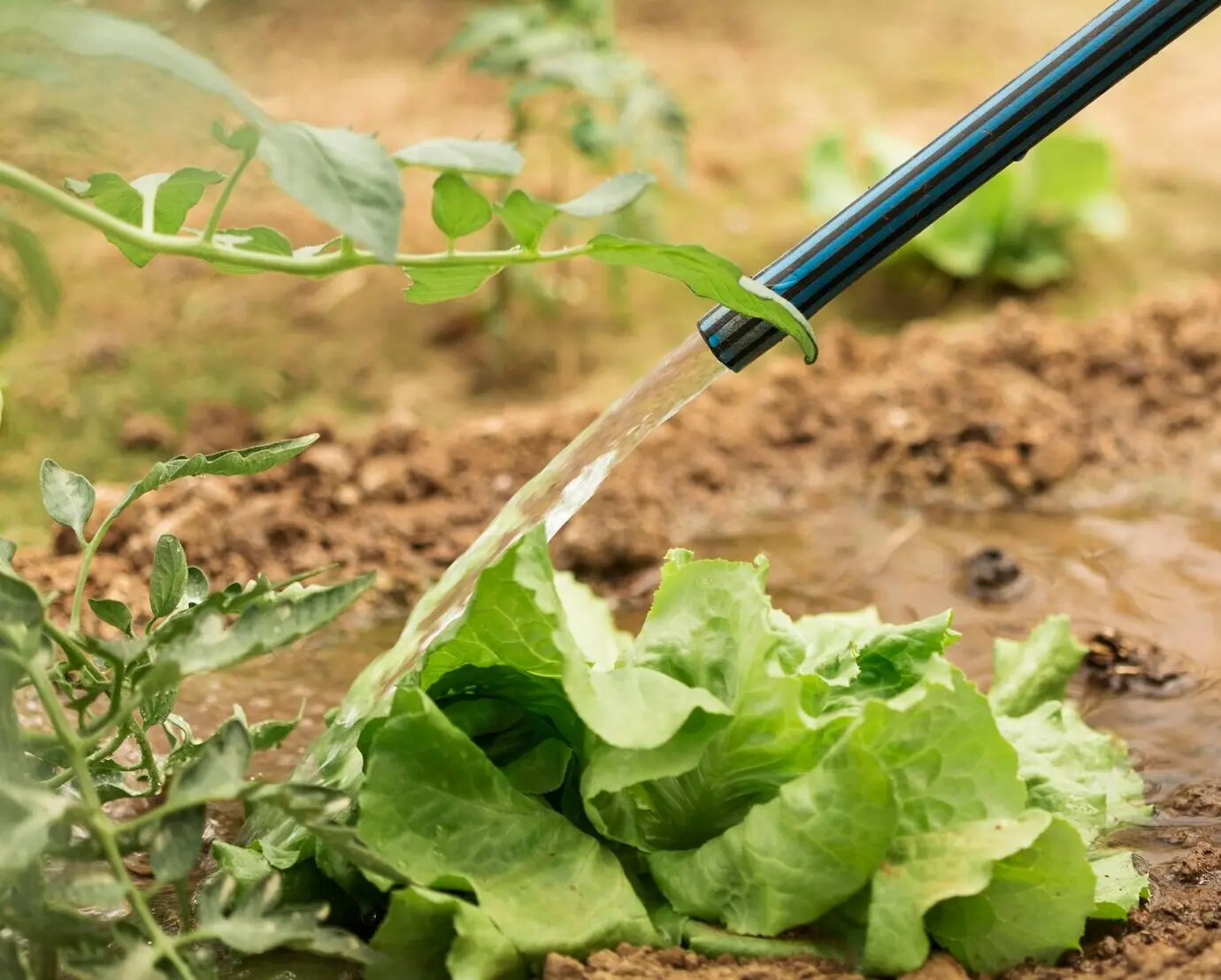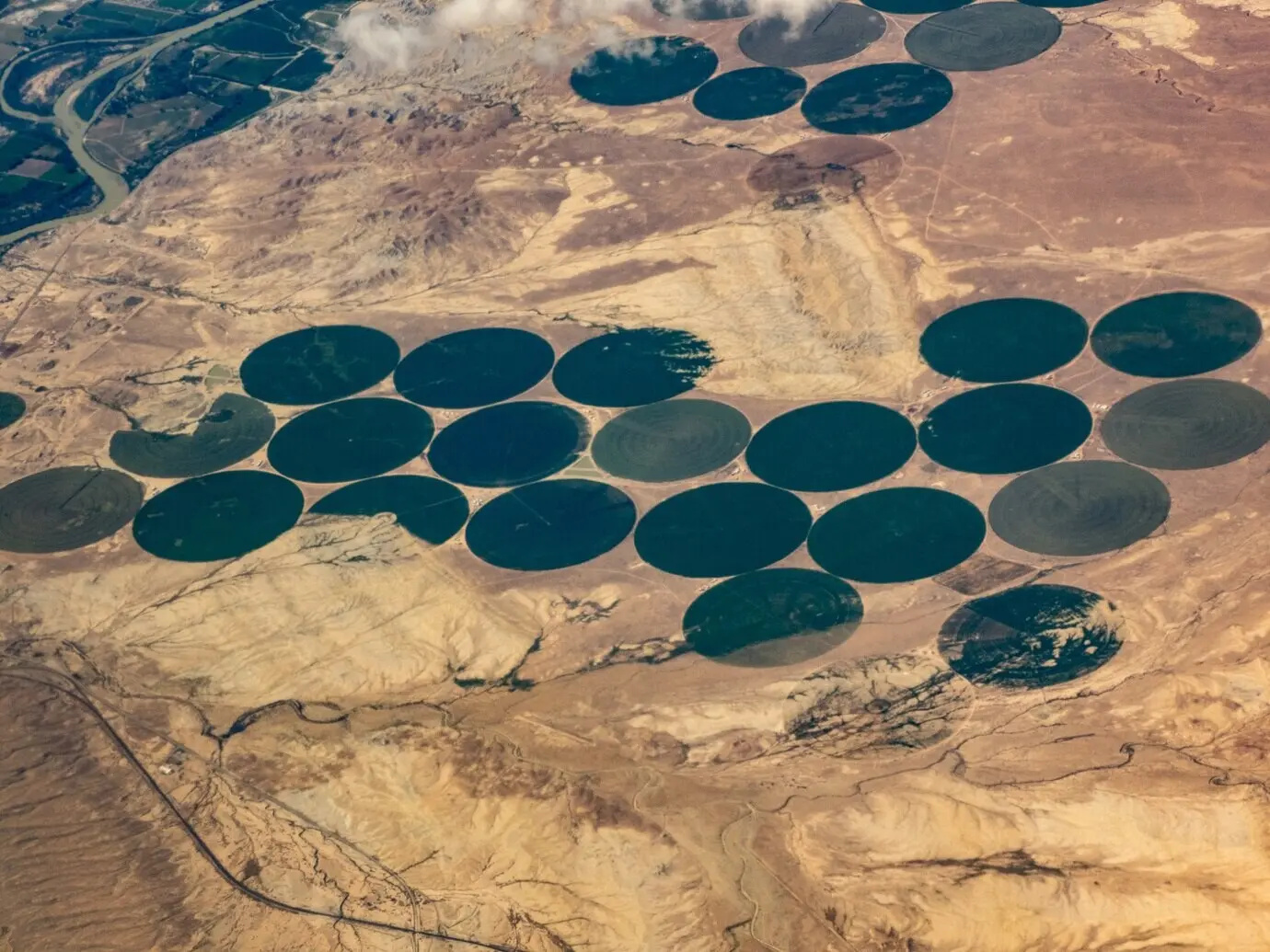From Soil to Sprinklers: Build a Dependable Underground Network

Plan the Path: Marking, Layout, and Slope

Mapping Water Paths
Begin with flow, pressure, and coverage, not just pretty arcs on paper. Draw the mainline like a sturdy trunk and laterals like balanced branches, looping where possible to stabilize pressure. Use paint, flags, string, and even garden hoses to test alignments. A ten-minute mock layout prevents hours of re-digging, and neighbors appreciate clarity when edges meet property lines.

Utility Locates and Safe Clearances
Call before you dig and wait for locates, even if you think you know the yard. Gas lines drift with renovations, communications sit shallow, and surprise splices happen near driveways. Maintain horizontal and vertical clearance, hand dig within tolerance zones, and photograph exposures for your records. I once uncovered a cable at four inches, saved only by a cautious last scrape.

Depth and Width: Climate, Loads, and Codes
Depth is not arbitrary. Cold climates demand freeze protection, high-traffic areas need more cover, and local codes dictate minimums. Choose widths that allow safe tool swing, proper bedding, and room for fittings. Plan gentle sweeps instead of sharp angles. If a driveway crossing is necessary, sleeve generously now to avoid saw-cut regrets later when expanding or repairing.
Tools and Safety for Clean, Efficient Trenching
Hand Power vs. Machine Muscle
Reading Soil and Managing Stability
Site Cleanliness, Access, and Neighborly Courtesy

Pipe Placement: Bedding, Fittings, and Hydraulic Sense
Avoiding Air Traps and Abrasion
High points invite air, water hammer, and frustrating spurts. Route laterals slightly downhill toward heads or add automatic air relief where grades force a peak. Cushion pipe on sifted soil, lift away rocks, and wrap where rubbing might occur. A simple fabric sleeve under joints prevents rubbing against gravel bases. Quiet pipes are happy pipes; they also last longer.
Manifolds and Valve Box Craftsmanship
Build sturdy manifolds with unions, isolation, and future expansion in mind. Level the base, add gravel for drainage, and set boxes flush with grade, not proud or sunken. Label solenoids clearly and route wires in a tidy loop. I once returned after five years and expanded a zone in minutes because the original manifold welcomed upgrades without digging chaos.
Looping Laterals and Balancing Pressure
Looped laterals reduce friction losses and deliver consistent pressure to distant heads, especially on larger lawns. Favor sweeping tees, limit unnecessary fittings, and match nozzle precipitation rates within each zone. Measure static and working pressure with a reliable gauge. A calm system starts at design, not troubleshooting; looping and balance save water, preserve turf health, and simplify maintenance forever.

Choosing the Right Device for Risk and Code

Height, Drainage, Freeze, and Noise Considerations

Testing, Tags, and Annual Confidence
Wiring, Flushing, and Zone Commissioning

Wiring Practices That Prevent Ghost Valves
Twisted and taped is not weatherproof. Use gel-filled connectors, leave service loops, and keep splices inside boxes. Label wires with durable tags and document colors at the controller. Avoid parallel runs with high-voltage lines. Clean routing eliminates cross-talk, phantom activations, and maddening intermittent failures. A quiet controller panel reflects good habits and saves weekend troubleshooting when grass really needs water.

Flush, Pressure Test, and Purge Debris
Before installing nozzles, open ends and flush until water runs clear. Add a temporary cap with a Schrader valve to confirm pressure under load. Debris lodged in a valve today becomes a stuck zone tomorrow. Purge carefully near beds to avoid muddy splashes. A five-minute flush preserved a brand-new PVB last spring when construction dust traveled through city mains overnight.

Uniformity Checks and Fine-Tuning Coverage
Perform a quick catch-cup test or observe overlapping patterns at dawn when wind is low. Adjust arcs gently and match precipitation rates across mixed head types. A few clicks on a nozzle can rescue a yellow corner and cut watering time. Record settings and share observations in comments so others can learn from real lawns, not just manufacturer charts.
Layered Backfill and Joint Protection
Sod, Seed, and Settlement Management
Post-Install Care and Early Watchlist
Budget, Timing, DIY vs. Pro: Making Smart Calls
Cost Clarity and Hidden Line Items
Weather Windows and Productivity Rhythms
DIY Confidence or Professional Partnership

All Rights Reserved.